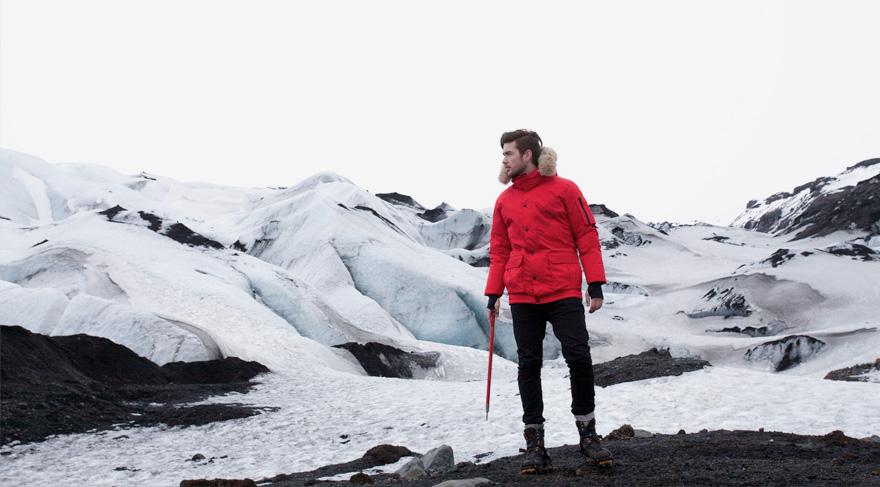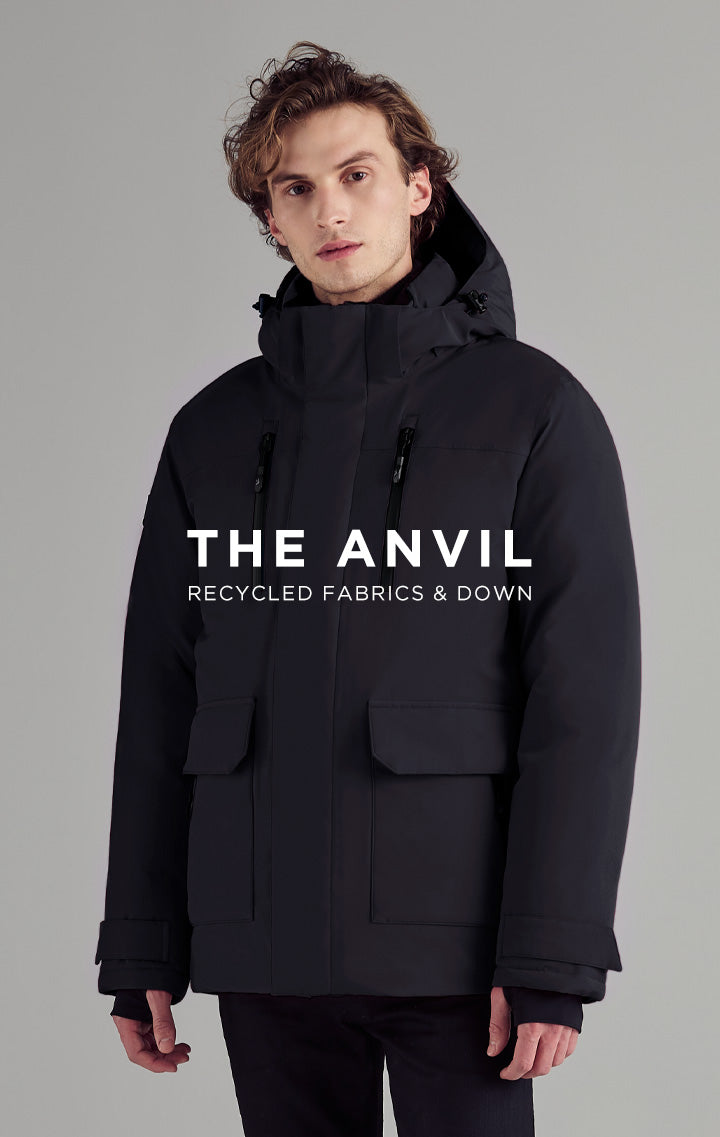This post was created by Triple F.A.T. Goose, an outerwear brand that Travel and Leisure magazine named as a top pick and said, "This is the best goose down winter coat I’ve ever worn" when describing Triple F.A.T. Goose down coats.
The number one question everyone asks themselves when browsing for down jackets is “How warm will it be?”
Some brands will print temperature ratings and ranges on their products (sleeping bags will generally always have them) in order to assure you that if it advertises warmth in 20-degree weather, the product will keep you warm in 20-degree weather.
Customers frequently ask us “Why don’t you advertise your down jacket temperature range and ratings?”
The answer being, admittedly, that we choose not to. Why? Because we believe that temperature rating is a very subjective topic (there are too many things that can interfere with accurate ratings).
In this article, we’ll tell you what you need to know when it comes to down jacket warmth, how there are unaccounted variables when jackets are tested for temperature ratings, and finally how there are no enforced standards for testing (ratings will vary from brand to brand).
To start, let’s consider some of the variables that affect temperature ratings:
- Body Type - Research has shown that individuals with a lower percentage of body fat usually are more prone to getting chilly in colder temperatures than others.
- Genetics - This variable is often overlooked. Someone who has anemia, for example, will be more susceptible to the cold than others.
- Locality - A person living in Hawaii might find 50 degrees to be absolutely freezing, while someone living in Alaska might find 50 degrees to be quite warm.
"Do You Run Hot Or Cold?"
This idiom is constantly referred to when discussing temperature ratings and warmth. But how does this question relate to temperature testing?
In short, it means that a jacket specifically rated at a certain temperature range will not keep everyone warm.
Let’s say that two people, John and Jean, are wearing the same jacket in New York during the winter (wind, snow, 10-degrees).
John:
- Has more body fat than Jean
- Is in perfect health
- Lives in Toronto, Canada
Jean:
- Has less body fat than John
- Anemia runs in her family
- Lives in San Diego, California
You can tell right away that John is going to be much warmer in that jacket than Jean will be just based off of their attributes.
It is important to keep in mind that just because a jacket is temperature tested and rated does not mean that it will keep everyone warm.
Learn more about Triple F.A.T. Goose, a brand with a 35 year history that has been featured in Outside, Esquire, Vogue, Elle, Men's Journal, Cosmopolitan, Robb Report, and more. All Triple F.A.T. Goose coats have a fill power rating of 675 and up. Shop the collection.
SHOP TRIPLE F.A.T. GOOSE
Reviews Speak Louder Than Numbers
Our products have been worn in cold weather places around the world such as Iceland, the upper reaches of Canada, Alaska, and parts of Antarctica.
As a result, instead of temperature ratings, we rely on our customer reviews in order to give relatable temperature experiences for our products (based on feedback we’ve received over the last 30+ years)
If you’re looking for something warm and practical, any of the styles in our collections have a high fill power and are constructed using an ample amount of down, which is one of the contributing factors to down jacket warmth.
The warmest styles within this collection are the ones that provide the most overall coverage, such as the Eberly II, which provides an additional 10” of length (ideal for taller customers) along with a 675 fill power rating and 17.5 ounces of white goose down.
The Stratus, on the other hand, provides optimal coverage but at a standard parka length. It has 700 Fill Power and 15.5 ounces of white goose down.
Both of these styles are available only in men’s sizes.
For women’s, the Olevia is one of our best overall options in terms of warmth and coverage. Like most of the parkas in our collection, it features 700 fill power, and 13 ounces of white goose down.
Remember, Facts Matter
Although the temperature rating system has its flaws, there are still other numbers, figures and facts to consider when looking for a great down jacket.





